Differences Between Marines And Navy
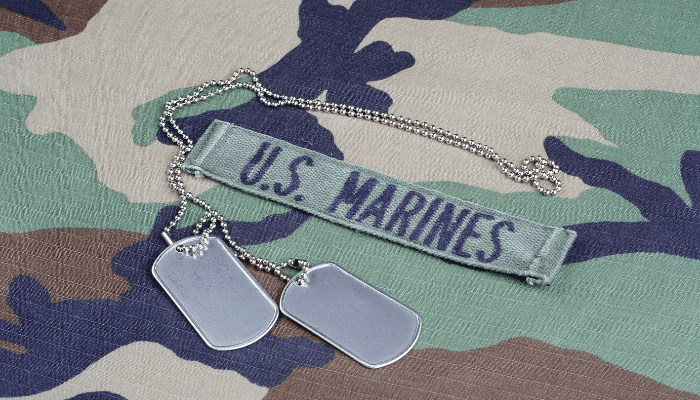
The U.S. Navy and the U.S. Marine Corps are branches within the United States Armed Forces. Each has its history, culture, role and importance.
The United States Marine Corps is a highly disciplined force known for its courage and strength. They protect the interests of the nation at home and abroad. Becoming a marine is not easy since it requires rigorous physical and mental training.
The United States Navy is a powerful force involved in naval operations and warfare, Marine Corps operations, and national security. It protects the country’s maritime interests through forward presence, deterrence, and power projection. It upholds peace and security through engagement, diplomacy, and partnership. The Navy also offers humanitarian assistance and disaster relief.
So, are the Navy and Marines the same or different regarding their roles and operations?
With this article, we will answer these queries.
1. The Navy Protects the Seas & Marines are shore-oriented
The US Navy’s primary mission is to protect the State, i.e., the U.S. at sea, defend the country’s allies, ensure economic prosperity, and uphold the freedom of navigation and travel. As one of the world’s largest, most powerful, and most advanced navies, these tasks require moving fleets, collaborating with partner nations in times of need, and undertaking action whenever necessary.
This leads to naval formations, including warships, nuclear-powered aircraft carriers, dock landing ships, destroyers, etc., that can travel worldwide, taking personnel and aircraft wherever their mission needs. The Navy can also join and offer the Air Force and Marine Corps aid. Apart from the seas, the Navy can also order attacks on land targets. It also helps transport Marines to a military base or any other location when a mission requires so.
The Marines often operate as a quick-reaction force. Although the Navy controls the seas, the Marine Corps is more shore-oriented. Their speciality is amphibious operations, i.e., controlling the attacks undertaken from the sea by naval forces. Marine Corps units are ready to be the first on the ground in a conflict. The Navy has its SEALs, an elite maritime special operations force; most naval operations don’t focus on hand-to-hand combat.
The Marines are involved in combat operations. They are the only branch that undertakes a martial arts program. Hence, they are called the ‘Tip of the Spear’ of the U.S. Armed Forces since their combat-ready units can tackle conflict operations on land and sea.
2. The Marine Corps is Independent yet part of the U.S Navy
The U.S. Navy and Marine Corps are considered distinct branches of the U.S. Armed Forces. However, technically speaking, the Marine Corps is a part of the Navy, as Congress placed them within the Navy in 1834. So, the U.S. Marine Corps Commandant reports to the Navy Secretary, who then reports directly to the Secretary of Defense.
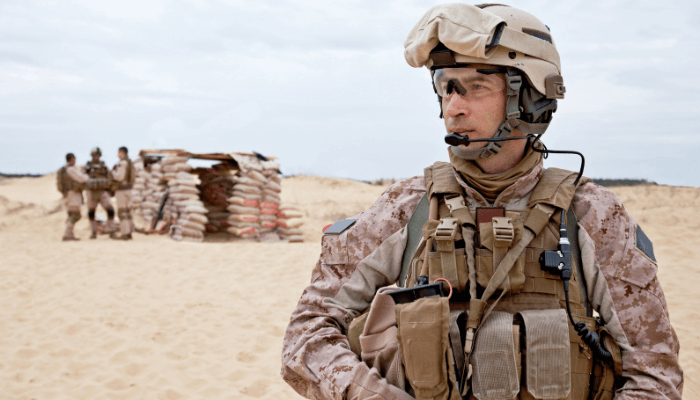
The Marine Corps is the only branch that is independent yet functions as part of another branch. It was founded in 1775 as Continental Marines, a separate entity from the U.S. Navy.
However, in 1834, then-President Andrew Jackson wanted the Marines to be part of the Army. Then-Marine Corps Commandant Archibald Henderson proved the Marines’ efficiency in seas and on land. He persuaded Congress to put the Marines in the Department of the Navy. Since then, the Navy and Marines are considered ‘sister services’.
3. U.S Navy and Marines have different roles and structure
The Marine Corps is part of the Navy. Still, its structure resembles the U.S. Army, with teams, platoons, battalions, and squadrons, which fall under the categories of basic units, aircraft units, and expeditionary forces. The naval structure is more complex, with operational combatant commands and administrative commands, each dedicated to a particular mission.
The U.S Marine Corps has four branches: ground combat, landing support, marine aviation and artillery.
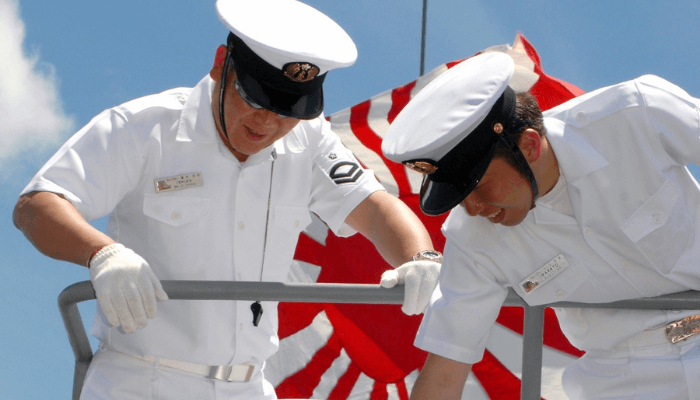
Ground combat comprises infantry, armour, and field artillery. Marines engage in direct combat with the enemy and support supply and reconnaissance. Marine aviation roles include fighter pilots, helicopter pilots, and transport pilots. They offer air support for ground troops and engage in air-to-air combat against enemy aircraft.
Landing Support involves engineering, supply and medical personnel. They offer logistical support for ground troops and prepare for amphibious landings. AAV crew marines operate the Assault Amphibious Vehicle, transporting soldiers and supplies during amphibious assaults.
The Navy does not participate in hand-to-hand combat. It has a Naval Aviation Wing, which flies aircraft and operates airbases. This includes trained pilots who command different types of aircraft.
The Surface Fleet operates on the surface of the sea, including small patrol boats and the largest aircraft carriers. This fleet protects naval bases and other assets while supporting other military branches.
The Submarine Fleet aids operations in hostile environments involving surveillance, reconnaissance, and offensive operations. The Shore “Support” Establishment supports the Navy’s ships and submarines in terms of maintenance, repairs, and supply. It allows the Navy to operate smoothly.
4. Different Training for Navy And Marine Corps
The recruits of the U.S. Navy and the Marine Corps go through rigorous training regimes lasting several weeks. The training tests everything from patience to wit and quick decision-making skills in times of crisis.
Training US Navy and Marine Corps recruits is difficult yet quite different. The duration of the US Navy’s Boot Camp is 8 weeks, whereas the Marine Corps boot camp is longer, about 12-13 weeks. The basic training of Marines is longer since they learn more masonry and engineering skills than the Navy recruits.
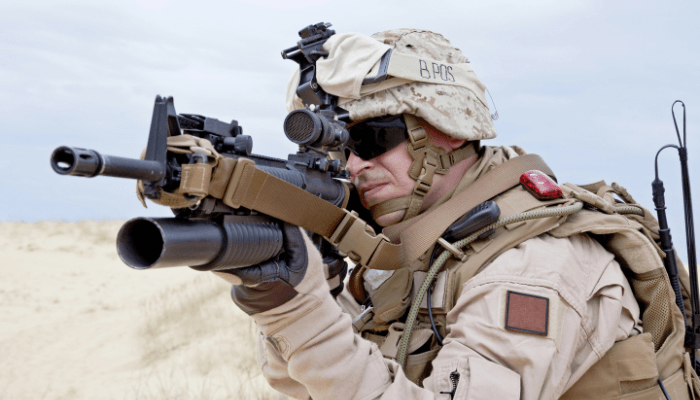
Navy recruits train inland at Recruit Training Command (RTC) Great Lakes, Illinois, where they learn to operate firearms and receive training regarding shipboard emergencies, firefighting, etc., focusing on shipborne activities.
Marine Corps recruits receive their training on the coast at the Marine Corps Recruit Depot in Parris Island, South Carolina, or the Marine Corps Recruit Depot in San Diego, California. In addition to learning to tackle shipboard emergencies and firearms, they are also taught hand-to-hand combat techniques, battlefield tactics, and combat first aid.
The Marine Bootcamp concludes with The Crucible, the infamous 54-hour test that requires recruits to hike with 50 pounds of gear, function with little to no sleep, complete obstacle courses, and engage in hand-to-hand combat.
5. Differences in uniforms
The US Navy and Marine Corps uniforms are unique and have some notable differences. Marines’ uniforms have red piping on the jacket cuffs and collar, while Navy uniforms do not have it. Marine combat uniforms have green patterns for camouflage, while the Navy combat uniforms are either blue or grey.
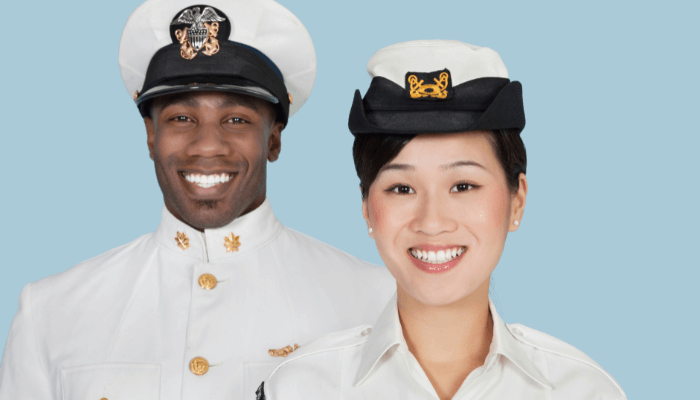
6. Differences in size
The Marine Corps is relatively smaller than the Navy. There are around 186,000 Marines compared to the 347,000 sailors in the Navy.
7. Marine Corps Flag comes before the Navy Flag in Flag Displays
The order in which state and army flags follow the Old Glory in every Flag Display, indoors or outdoors, is not non-negotiable and is defined by strict rules.
So if the Marines report to the Navy, why does the Marine Corps Flag take precedence?
There are many explanations for this. Per the Navy landing force manuals of the 1890s, this order was decided on what a parade protocol would be after an amphibious attack, in which case, Marines would acquire a senior position to the right when marching with a Navy formation. This was to ensure that Navy soldiers were marching in a single line.
Another reason could be that the Marine Corps Flas is older than the flag of the U.S. Navy, which didn’t get an official flag until 1959, while the Marines had their flag design adopted in 1939.
8. The U.S Navy is older than the Marine Corps
In October 1775, Congress approved the establishment of the Navy to handle British vessels carrying supplies and ammunition to America. The Navy had only two ships at the beginning of the war, but by the end of the war, it had 50.
A month later, Congress again voted to establish two marine battalions to serve with the naval fleet. Hence, the Marine Corps was established and served with the Navy in many operations, such as the amphibious raid in the Bahamas in March 1776.

The Navy and Marines were disbanded after the Revolutionary War; however, in the early years of the U.S. as a country, the need for their re-establishment was realised. Hence, the U.S. Navy was re-established in 1794, and the Marine Corps in 1798.
Conclusion
The Marine Corps and Navy are important parts of the U.S. Armed Forces. The former specialises in amphibious warfare. Their operations are shore-oriented, making them a quick-reaction force on land and water. They often conduct raids, seize key positions from the enemy on land, and hold out until larger forces enter the scene.
The Navy is responsible for maritime security, patrols the seas and engages in power projection. It also transports troops and supplies when needed. Both are important for the country’s defence and carry out vital functions within the country and internationally.
I hope you understand the fundamental differences between the Navy and the Marines.
You might also like to read-
- What is the Difference between Merchant Navy and Defence Navy?
- 10 Reasons Why a Career in Merchant Navy is Unlike Any Other
- A List of Unique and Interesting Marine Careers
- How to Become a Marine Engineer?
Disclaimer :
The information contained in this website is for general information purposes only. While we endeavour to keep the information up to date and correct, we make no representations or warranties of any kind, express or implied, about the completeness, accuracy, reliability, suitability or availability with respect to the website or the information, products, services, or related graphics contained on the website for any purpose. Any reliance you place on such information is therefore strictly at your own risk.
In no event will we be liable for any loss or damage including without limitation, indirect or consequential loss or damage, or any loss or damage whatsoever arising from loss of data or profits arising out of, or in connection with, the use of this website.
Do you have info to share with us ? Suggest a correction
Disclaimer :
The information contained in this website is for general information purposes only. While we endeavour to keep the information up to date and correct, we make no representations or warranties of any kind, express or implied, about the completeness, accuracy, reliability, suitability or availability with respect to the website or the information, products, services, or related graphics contained on the website for any purpose. Any reliance you place on such information is therefore strictly at your own risk.
In no event will we be liable for any loss or damage including without limitation, indirect or consequential loss or damage, or any loss or damage whatsoever arising from loss of data or profits arising out of, or in connection with, the use of this website.

About Author
Zahra is an alumna of Miranda House, University of Delhi. She is an avid writer, possessing immaculate research and editing skills. Author of several academic papers, she has also worked as a freelance writer, producing many technical, creative and marketing pieces. A true aesthete at heart, she loves books a little more than anything else.
Latest Maritime Knowledge Articles You Would Like:
Subscribe To Our Newsletters
By subscribing, you agree to our Privacy Policy and may receive occasional deal communications; you can unsubscribe anytime.















